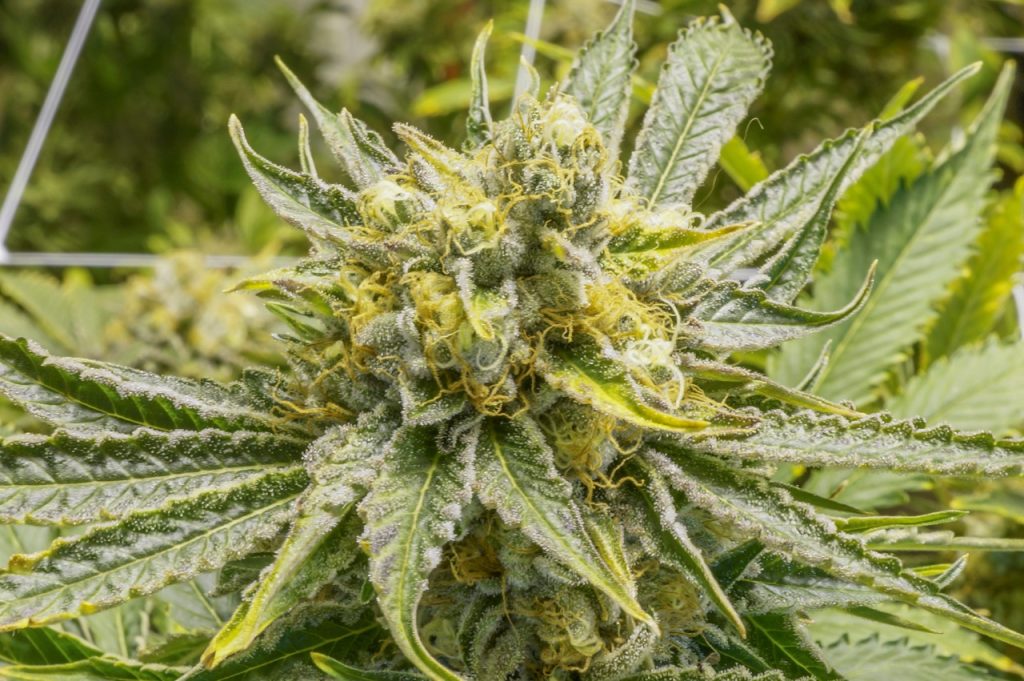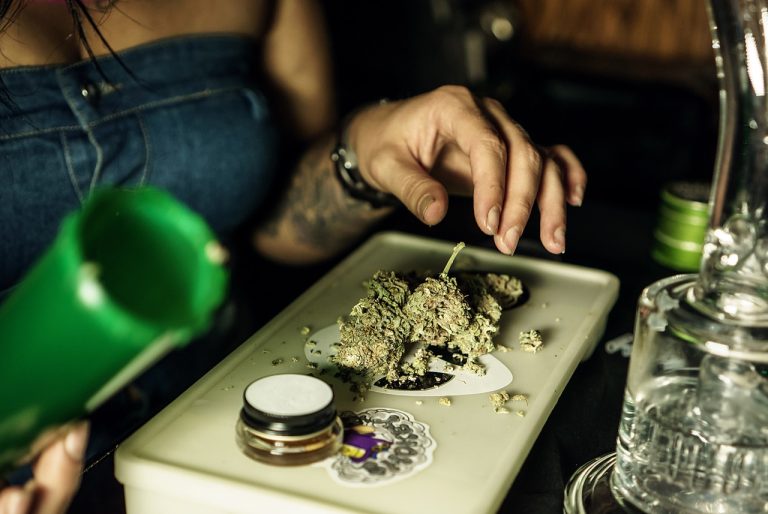The History of Hemp and Cannabis in Medicine

Cannabis and hemp have been used as healing tools for thousands of years. Long before the modern dispensary, these plants were valued by ancient cultures for their medicinal properties. Today, as cannabis re-emerges in mainstream wellness, it’s helpful to understand where it all began.
Early Use in Ancient Cultures
Records of cannabis in medicine date back to ancient China around 2700 BCE. The legendary Emperor Shen Nung is said to have used hemp-based remedies for ailments like rheumatism and digestive issues. In India, cannabis was celebrated in Ayurvedic medicine as a sacred plant used to ease anxiety, stimulate appetite, and treat pain.
Meanwhile, in ancient Egypt and Greece, physicians used cannabis preparations for inflammation, earaches, and even childbirth pain. The Roman Empire also documented its use, with Pliny the Elder describing cannabis as a treatment for joint stiffness and burns.
Cannabis in Western Medicine
By the 19th century, cannabis made its way into European and American pharmacies. Doctors used cannabis tinctures to treat everything from migraines to epilepsy. It was even listed in the U.S. Pharmacopeia until the 1940s.
But cannabis’s reputation began to shift in the early 20th century. Political and cultural forces led to prohibition, culminating in its classification as a Schedule I drug in 1970 effectively ending its medical use for decades.
Modern Revival
In recent years, scientific research and public advocacy have helped restore cannabis’s role in medicine. Patients now use cannabis to manage chronic pain, anxiety, epilepsy, nausea, and other conditions. Products like CBD oil have entered the mainstream as wellness staples.
At The Flower Bowl in New Buffalo, MI, we honor this long legacy by offering safe, high-quality products and education to our community. The future of cannabis in medicine is still evolving, but its healing roots run deep.






